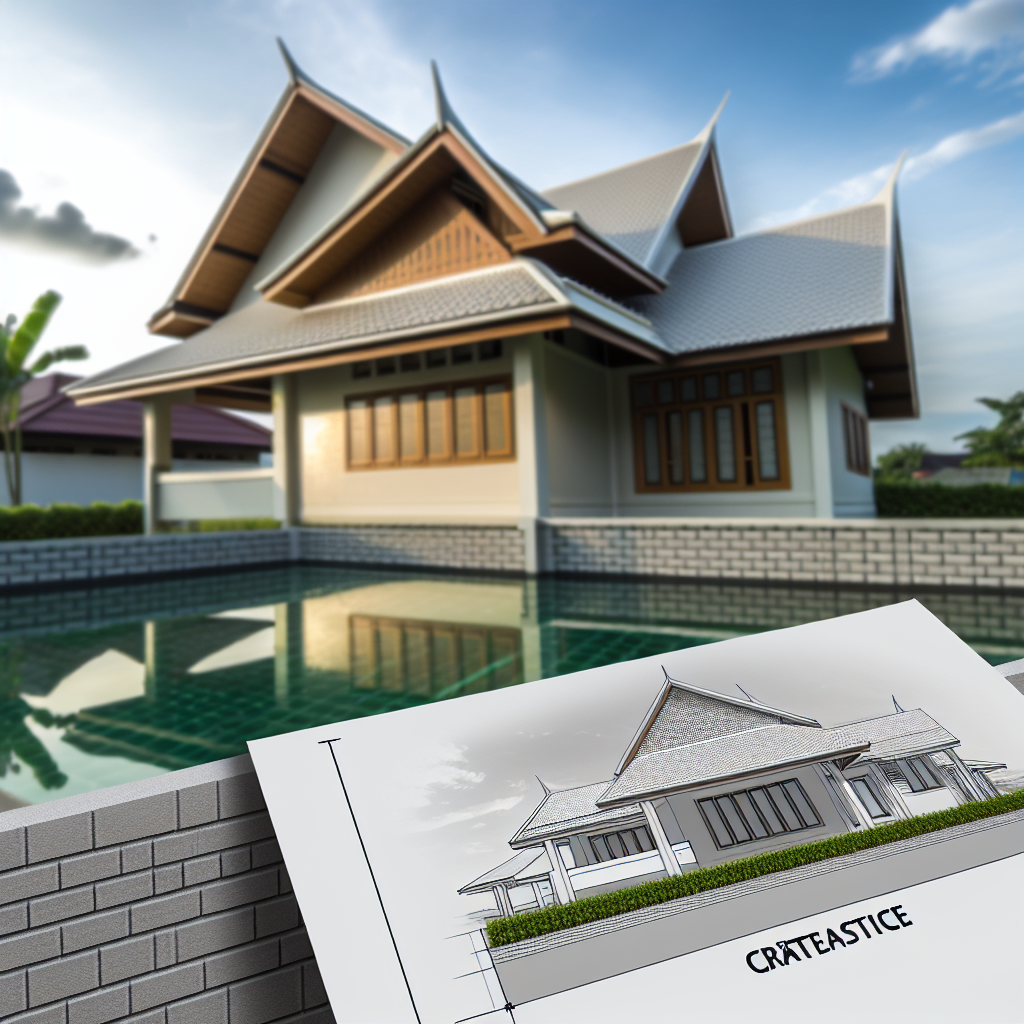Welcome to our comprehensive overview of the Revit Architecture House Full Design | External Design Work 02 | Part 17 | Civil Engineering 4 U. In this article, we’ll explore the step-by-step process of creating detailed external house designs using Revit Architecture, highlighting key civil engineering aspects and best practices. Whether you’re an aspiring architect or civil engineer, this guide offers valuable insights into integrating design and engineering seamlessly.
Creating a Realistic External House Design in Revit
Revit Architecture serves as a powerful tool for conceptualizing and developing detailed exterior house designs. The process begins with establishing the building’s basic structure—defining the footprint, height, and spatial relationships using precise parameters. Civil engineering principles are incorporated early on to ensure that the structure’s external features align with environmental and infrastructural considerations.
One essential aspect of external design is the selection and application of materials, textures, and finishes that enhance aesthetics while maintaining structural integrity. Revit’s flexibility allows designers to experiment with various facade treatments, including brick patterns, cladding, or modern glass elements, which can significantly influence the overall visual impact of the house. Additionally, incorporating accurate window and door placements enhances both functionality and curb appeal.
Furthermore, integrating external elements such as roofs, balconies, landscaping features, and driveway layouts ensures that the design is comprehensive. Civil engineers play a vital role here by analyzing load distributions and ensuring compliance with safety standards. The software’s 3D visualization capabilities facilitate early detection of design inconsistencies, enabling iterative improvements for an optimal exterior appearance.
Aligning Civil Engineering Principles with Architectural Design
Effective external house design extends beyond aesthetics; it requires a thorough understanding of civil engineering fundamentals to ensure durability and safety. In this phase, considerations such as site analysis, drainage systems, foundation stability, and load-bearing capacities are evaluated and integrated into the design process.
Revit enables civil engineers to create detailed models of site grading, drainage layouts, and foundation plans. These models are synchronized with architectural designs to ensure harmonious integration between structure and environment. For instance, proper grading prevents water accumulation around the foundation, reducing the risk of water intrusion and structural damage.
Beyond structural concerns, civil engineers also assess accessibility and sustainability features, such as driveway slope stability, external lighting, and landscaping. Incorporating these considerations early in the design minimizes costly modifications later and ensures compliance with local regulations. The collaborative workflow facilitated by Revit enhances communication among professionals, leading to a cohesive and resilient house design.
In summary, creating a detailed and sustainable external house design using Revit Architecture involves a synergistic effort between architectural creativity and civil engineering precision. From conceptual design to structural analysis, each step builds upon the previous to culminate in a robust, visually appealing, and environmentally friendly home. For anyone involved in house construction or design, understanding these integrated processes is essential for delivering successful projects.
